Stand By Battery
What Is Stand By Battery
Standby battery refers to a type of battery that is designed to provide power backup during power outages or in cases where the primary power source fails. These batteries are commonly used in various applications such as UPS systems, emergency lighting, medical equipment, telecommunications, and security systems. Standby batteries are typically rechargeable, and they have a relatively long lifespan compared to other types of batteries. They are also designed to withstand extreme temperatures and provide reliable service in harsh environmental conditions. Additionally, standby batteries can be easily replaced or serviced when the need arises, making them a convenient and cost-effective power backup solution.
Benefits of Stand By Battery
Power backup
The primary benefit of a standby battery is its ability to provide backup power during a power outage or failure. This ensures that critical systems, such as computers, communication devices, and medical equipment, continue to function without interruption.
Cost savings
Standby batteries can help reduce the cost of downtime and lost productivity resulting from power outages. They also reduce the cost of equipment damage caused by power surges or fluctuations.
Improved efficiency
By providing backup power, standby batteries improve system efficiency and reduce the risk of system failures and data loss.
Environmental protection
Using standby batteries reduces the reliance on fossil fuels for power generation, which reduces carbon emissions and helps protect the environment.
-
Radio BatteryIt takes about 10 days for us to get the materials for this item. The manufacturing period ofAdd to Inquiry
-
Security Lamp BatteryIn the past few years, we produced a lot of 6V2.8AH VRLA Batteries for customers from Italy, Spain,Add to Inquiry
-
Audio Battery6V3.2AH Battery is a smart audio battery. Yaheng can produce this item 3200mAH @C20. This item isAdd to Inquiry
-
Emergency Lighting Battery6V4AH Battery is very popular battery for standby applications. The size is Length 70*Width 48*Add to Inquiry
-
Electric Curtain Battery6V4.5AH Battery is applied to both standby applications and cyclic application. The size is L 70*WAdd to Inquiry
-
Portable Lantern Battery4V4.5AH Battery is applied to both standby applications and cyclic application. The size is L 48*WAdd to Inquiry
-
Electric Cleaning Machine BatteryYaheng use the latest material technology to make the best electric vehicle batteries.Add to Inquiry
-
Electric Mower Battery12V135AH (6-EVF-135) EV battery is the most popular electric vehicle battery. The 6-EVF-135 batteryAdd to Inquiry
-
Off-line Power System12V135AH is size tightly designed storage battery, for wind power system, solar power system andAdd to Inquiry
- Tel: +86-760-88625562
- Fax: +86-760-88625562
- Email: johny5@126.com
- Add: No.12 Ave.1 North, Industrial Rd. East, Guzhen, Zhongshan, Guangdong, China
Why Choose Us
Professional team
Our professional team collaborate and communicate effectively with one another, and are committed to delivering high-quality results. They are capable of handling complex challenges and projects that require their specialized expertise and experience.
One stop solution
We can offer a range of services, from consultation and advice to product design and delivery. It is a convenience for the customers, as they can get all the help they need in one place.
Innovation
We are dedicated to improving our systems continually, ensuring that the technology we offer is always cutting edge.
24h online service
We try and respond to all concerns within 24 hours and our teams are always at your disposal in case of any emergencies.
Lead-acid batteries
These are the most widely used type of standby batteries. Lead-acid batteries use lead plates and acid electrolytes to store and release power. They are inexpensive and reliable, but require regular maintenance.
Lithium-ion batteries
Although they are relatively new in the field of standby batteries, lithium-ion batteries are rapidly gaining popularity due to their high energy density, lighter weight, and longer life compared to other types of batteries.
Alkaline batteries
These are commonly used for low-power standby applications such as smoke detectors, remote controls, and other small electronic devices. Alkaline batteries have a long shelf life and are inexpensive, but are not as reliable as other types of standby batteries.
Zinc-carbon batteries
These are also commonly used for low-power standby applications. They are inexpensive and easy to find, but have a shorter life span compared to other types of standby batteries.

Compatibility
The first thing you need to check is whether the spare battery is compatible with your device. It's important to select a battery that is specifically designed for your phone, laptop, or other device.
Capacity
The capacity of the battery is measured in milliampere-hours (mAh). A battery with a higher capacity will last longer than one with a lower capacity. Check the original battery's capacity and try to choose a spare battery with a similar or better capacity.
Reliable brand
It's essential to choose a spare battery from a reliable brand that is known for producing quality products. A good brand will have strict quality controls to ensure their batteries are safe and perform efficiently.
Warranty
A good spare battery should come with a warranty that guarantees its quality and longevity. Make sure to check the warranty period and what it covers before making a purchase.
Price
The price of the battery should be reasonable, and it shouldn't be too cheap. Generally, a high-quality battery will be a bit pricier, but it's worth investing in a reliable product to avoid potential safety issues or short lifespan.
Working Principle of Stand By Battery
The working principle of standby batteries is based on the chemical reaction between electrodes and an electrolyte, which generates electrical energy. Typically, standby batteries use lead-acid or nickel-cadmium chemistry due to their high reliability and long service life. During normal operation, the standby battery is maintained at full charge by being connected to a battery charger that supplies a voltage slightly higher than the battery voltage. This keeps the battery in a ready state of charge to provide backup power when needed. When a power outage occurs, the standby battery automatically disconnects from the battery charger and begins supplying power to the load. The battery's output voltage is regulated by a voltage regulator to ensure that the power supply to the load remains stable. Once the main power source is restored, the battery charger reengages, and the standby battery returns to its standby state. In this state, it automatically recharges to full capacity, ready to provide backup power for the next power outage or emergency.
How to Check the Stand By Battery
Remove the battery from its storage location and inspect it for any physical damage or corrosion. Make sure there are no cracks or leaks. Check the voltage of the battery using a multimeter. The voltage should be close to the voltage rating listed on the battery label. Charge the battery using the appropriate method for the battery type. This may be a plug-in charger or a battery pack charger. Once the battery is fully charged, check the voltage again with the multimeter. It should now be slightly higher than the voltage rating on the battery label. Test the battery by using it to power a device or appliance. If it performs well and lasts for the expected amount of time, it is likely in good working condition. Store the battery in a cool, dry place away from heat and sunlight until it is needed again. Repeat the above steps periodically to ensure the battery remains in good condition.
Components of Stand By Battery
Battery cells
The battery cells are the primary components of a spare battery that provide the energy needed to power the device. Depending on the type of battery, these cells can be made of different materials such as lithium, nickel-cadmium, or lead-acid.

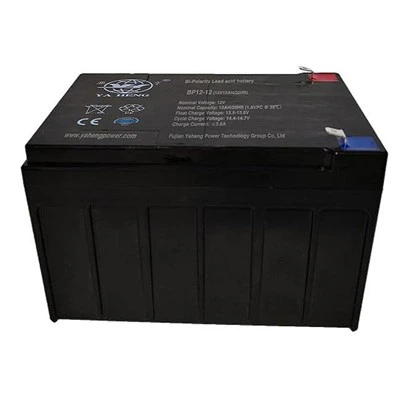
Electrolyte
Electrolytes are the substances that conduct electricity within the battery cells. They enable the transfer of ions between the electrodes and provide the necessary chemical reaction for the battery to generate power.
Separator
The separator is a thin layer placed between the battery cells to prevent them from touching each other and causing a short circuit. It allows the electrolytes to pass through but separates the electrodes.
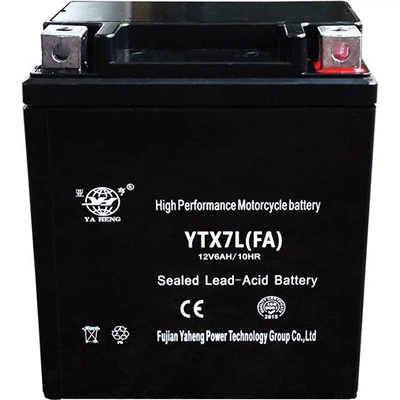
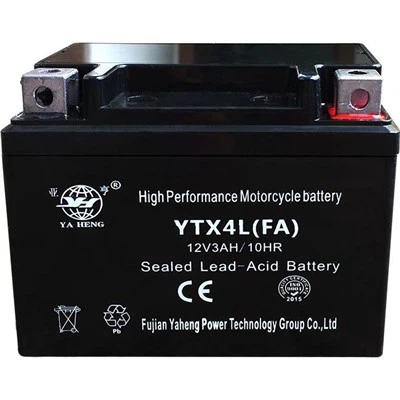
Anode and cathode
The anode and cathode are the positive and negative electrodes of the battery, respectively. They are made of different materials depending on the type of battery, and their chemical reaction generates electrical energy.
Controller
The controller regulates the flow of electricity within the battery and ensures its safe operation. It monitors the battery's voltage, temperature, and charge level, and it can also prevent overcharging or discharging.

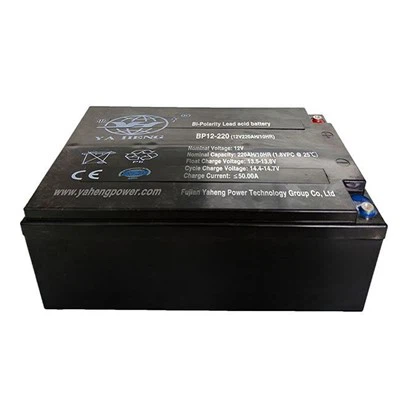
Housing
The housing is the outer casing that encloses the battery cells, separator, and controller. It protects the battery from physical damage and provides a secure grip for handling.
A stand by battery is an additional battery that you can use to power your device when the original battery runs out of power. Make sure that the spare battery is fully charged before using it. You can charge it using a charger or by plugging it into your device. Turn off your device before removing the original battery. If the device is still on, you might lose unsaved data. Remove the back cover of your device to access the battery compartment. Take out the original battery carefully and insert the spare battery in its place. Make sure that the battery is securely in place. Put the back cover back on and turn on your device. The spare battery should now power your device. To ensure that you don't run out of power again, charge the original battery and the spare battery when you have access to a power source.
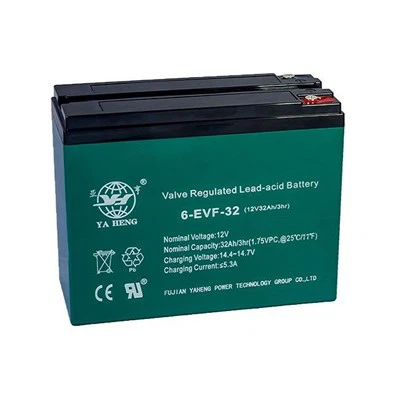
How to Charge the Stand By Battery
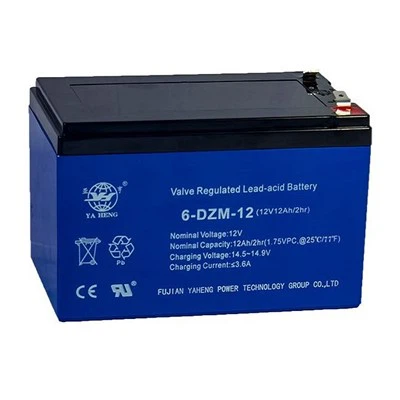
To charge a stand by battery, you will need a battery charger and the battery itself. Plug in the battery charger to a power outlet. Insert the spare battery into the charger. Make sure it is placed correctly and securely. Turn on the battery charger. You may need to press a button or switch to turn it on. Wait for the battery to charge fully. The length of time this takes will depend on the charger and the size of the battery. Many chargers have a light indicator that shows when the battery is fully charged. Once the battery is fully charged, turn off the charger and remove the battery. It is now ready to be used as a replacement for your device's depleted battery. If you do not plan to use the spare battery immediately, store it in a cool, dry place away from direct sunlight and heat sources. This will help prolong its lifespan and keep it in good condition for future use.
A spare battery is a standalone backup battery that is kept charged and ready for use. It is typically a duplicate of the primary battery that comes with the device, and it can be swapped in when the primary battery runs out of power. Spare batteries are commonly used for smartphones, laptops, and other portable devices that have a removable battery. One advantage of a spare battery is that it allows for unlimited use of the device without requiring a power outlet. However, spare batteries take up additional space and can be inconvenient to carry around.
Circulating batteries, on the other hand, are multiple batteries or power banks that are shared among multiple devices. They are typically larger than a spare battery and can power multiple devices at once. Circulating batteries may be used in public spaces like airports or cafes, where people can charge their devices without needing to bring their own charger. Alternatively, businesses or organizations may provide circulating batteries for employees or guests to use while on the premises. The advantage of circulating batteries is that they eliminate the need for individuals to carry their own backup power source. However, they may be limited in the amount of power they can provide, and they may not be compatible with all devices.

Turn off the device
Before you start, make sure the device is turned off to prevent any electrical damage or injury.
Remove the old battery
Locate the battery compartment on the device and open it using the appropriate tool. Then, gently remove the old battery by pulling it out.
Insert the spare battery
Take the spare battery and ensure that it matches the specifications of the old one. Then, carefully slide it into the battery compartment. Ensure it is securely placed and the contacts are lined up with the device's terminals.
Close the battery compartment
Once the spare battery is seated correctly, close the battery compartment using the appropriate tool. Make sure it is tightly secured and there are no gaps.
Turn on the device
Finally, turn on the device and check if the spare battery is functioning correctly. You can check the battery life and any other relevant settings to confirm it's working fine.
Standby battery refers to the battery containing lithium (including lithium metal, lithium alloy, lithium ion, lithium polymer) in the electrochemical system. Spare batteries fall into two broad categories: lithium-metal and lithium-ion. Lithium-metal batteries are usually non-rechargeable and contain lithium in metallic form. Low temperature can make the electrolyte inside the standby battery change, and promote the chemical reaction of the battery just after freezing. When the spare battery is placed in a low temperature environment, the microstructure of the lithium film and electrolyte on the surface of the spare battery and their interface will change significantly, resulting in temporary inactivity inside the battery and reduced leakage current. So after recharging, the waiting time will increase. there is another way, take off the spare battery, put it for about a week, the electricity will be slowly consumed, need to use the machine will be completely consumed. And then full charge, estimate your charging time must be very short, after full, disconnect again, repeated several times, absolutely effective.

How to Maintain Stand By Battery
Store the battery correctly
Always store the battery in a cool, dry place, away from direct sunlight, heat, or moisture. Ideally, the temperature should be between 0-25℃ (32-77℉). Avoid extreme temperatures as they can damage the battery's chemical composition.
Keep the battery charged
It is recommended to keep the spare battery charged to around 50% when not in use. A battery that is kept for a long time without being charged can lose its charge over time and eventually become unusable.
Use the battery regularly
If you have multiple batteries, it is essential to use them on a rotating basis. This will prevent any one battery from being idle for too long and losing its ability to hold a charge.
Charge the battery correctly
When charging the battery, follow the manufacturer's instructions carefully. Overcharging or undercharging the battery can damage its internal chemistry. It is best to use the original charger designed for the battery to avoid these issues.
Keep the battery clean
Periodically clean the metal contacts on the battery to prevent corrosion. This can be done using a clean, dry cloth or a brush.
Dispose of batteries properly
When it comes to disposing of an old battery, always follow proper disposal procedures. Many batteries contain harmful chemicals that can be dangerous if not disposed of properly.
Certificate



FAQ
We're well-known as one of the leading stand by battery manufacturers and suppliers in China. Please feel free to buy high quality stand by battery for sale here from our factory. For customized service, contact us now.
hybrid standby battery, commercial standby battery, long lasting standby battery












